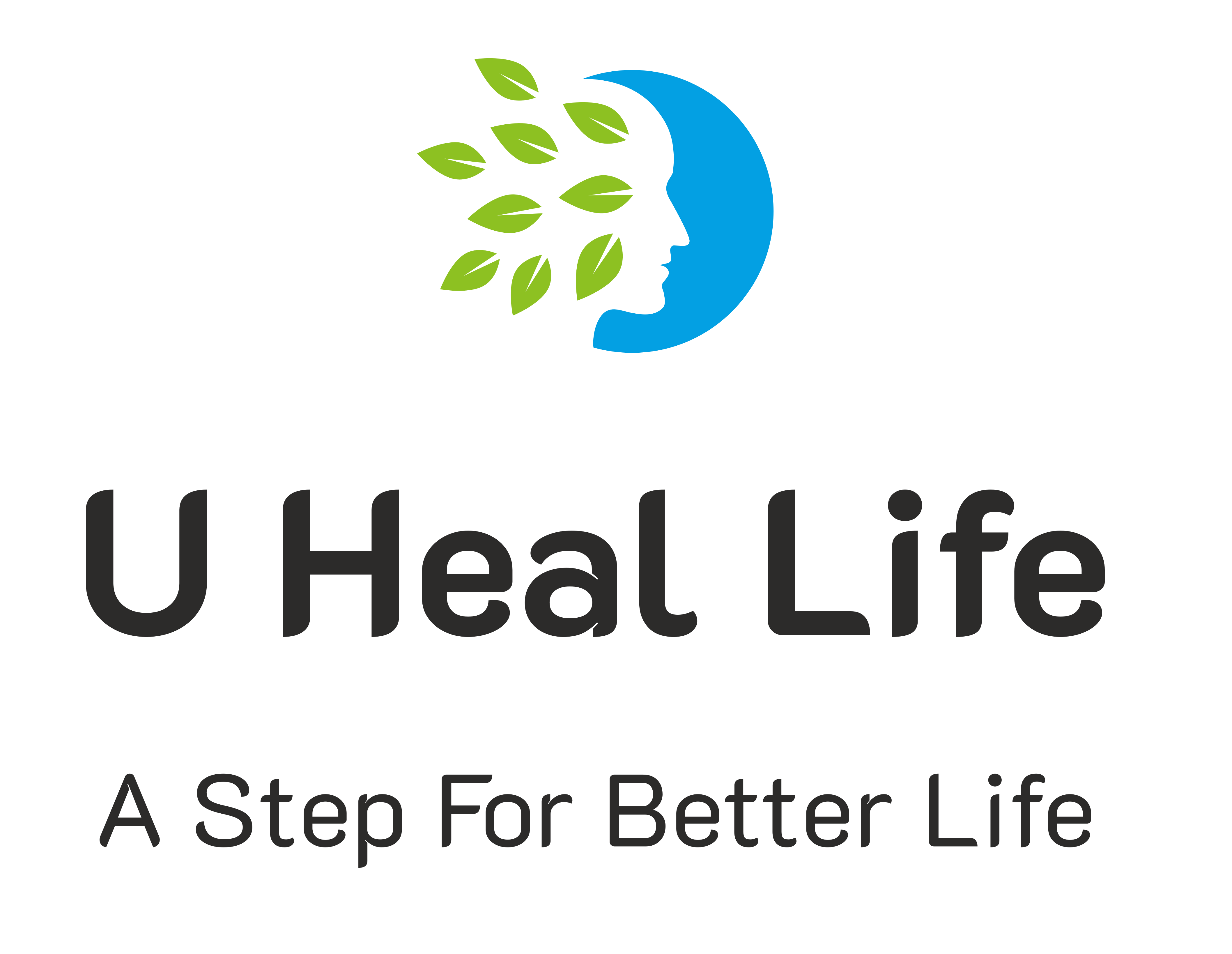What Is Grow Therapy? A Beginner’s Guide to Mental Health Growth in 2025
Mental health is no longer a taboo in the United States. More Americans today are seeking help, self-awareness, and healing than ever before. In this evolving landscape, one term that’s gaining attention is “Grow Therapy.” But what is Grow Therapy? How is it different from traditional counseling or psychotherapy? Let’s explore what this emerging approach means and how it’s helping people transform their mental well-being in 2025.
What Is Grow Therapy?
Grow Therapy is a modern approach to mental health that focuses on personal growth, emotional resilience, and life fulfillment—rather than just symptom management. Unlike conventional therapy that primarily treats mental illness, Grow Therapy is goal-oriented, strength-based, and future-focused.
This method integrates elements of:
- Cognitive Behavioral Therapy (CBT)
- Mindfulness & Meditation
- Life Coaching
- Holistic Wellness
- Positive Psychology
It encourages individuals to not only heal from emotional wounds but also grow into their best selves—mentally, emotionally, and spiritually.
Why Is Grow Therapy Trending in the U.S. in 2025?
With the rise in anxiety, stress, and burnout—especially post-pandemic—many Americans are no longer satisfied with just feeling “okay.” They want to thrive. Here are a few reasons Grow Therapy is gaining momentum in the United States:
- 📈 Focus on Personal Development: People are looking for tools that help them grow professionally and personally.
- 🌱 Mental Fitness Culture: Just like physical health, mental fitness is now a lifestyle.
- 🧠 More Accessible Teletherapy: Apps and virtual platforms make Grow Therapy more accessible than ever.
- 🧘 Integration with Wellness: It blends well with yoga, journaling, spiritual practice, and healthy habits.
Key Components of Grow Therapy
Here’s what typically sets Grow Therapy apart:
1. Self-Discovery Work
Exploring your values, beliefs, and life goals to align your thoughts and actions.
2. Strength-Based Focus
Instead of focusing on weaknesses or disorders, therapists highlight what’s working and how to build on that.
3. Actionable Growth Plans
Clients often create vision boards, life roadmaps, or weekly progress plans.
4. Mindfulness and Inner Balance
Regular practice of mindfulness, breathwork, and emotional regulation.
5. Therapist as a Growth Partner
Therapists take on more of a coaching or mentoring role, walking alongside your growth journey.
Who Is Grow Therapy For?
- Young adults navigating life transitions
- Professionals facing burnout
- Anyone wanting emotional clarity and personal success
- Couples or individuals who want to deepen relationships
- People who are mentally stable but want to evolve
How to Start with Grow Therapy in 2025?
If you’re in the U.S. and curious about getting started, here’s how:
✅ Search for Certified Grow Therapists
Many therapists now list this specialty. Search “Grow Therapy near me” or check online directories.
✅ Use Digital Mental Health Platforms
Apps like BetterHelp, Talkspace, and GrowTherapy.com offer licensed therapists with a growth mindset.
✅ Consider Workshops or Online Courses
Many professionals now offer growth therapy webinars, group coaching, and retreats.
Benefits of Grow Therapy
- ✨ Improved self-awareness
- 💪 Boost in self-confidence and resilience
- 🧭 Clarity in life goals and direction
- 💬 Better communication and relationships
- 🌿 Holistic healing from stress and past trauma
Final Thoughts
In 2025, Grow Therapy is more than just a trend—it’s a movement toward empowered mental wellness. Whether you’re overcoming emotional struggles or aiming to become your best self, this modern therapeutic approach offers tools, support, and guidance tailored to a fast-evolving world.
Ready to grow into the best version of yourself? Grow Therapy might just be your next big step.

